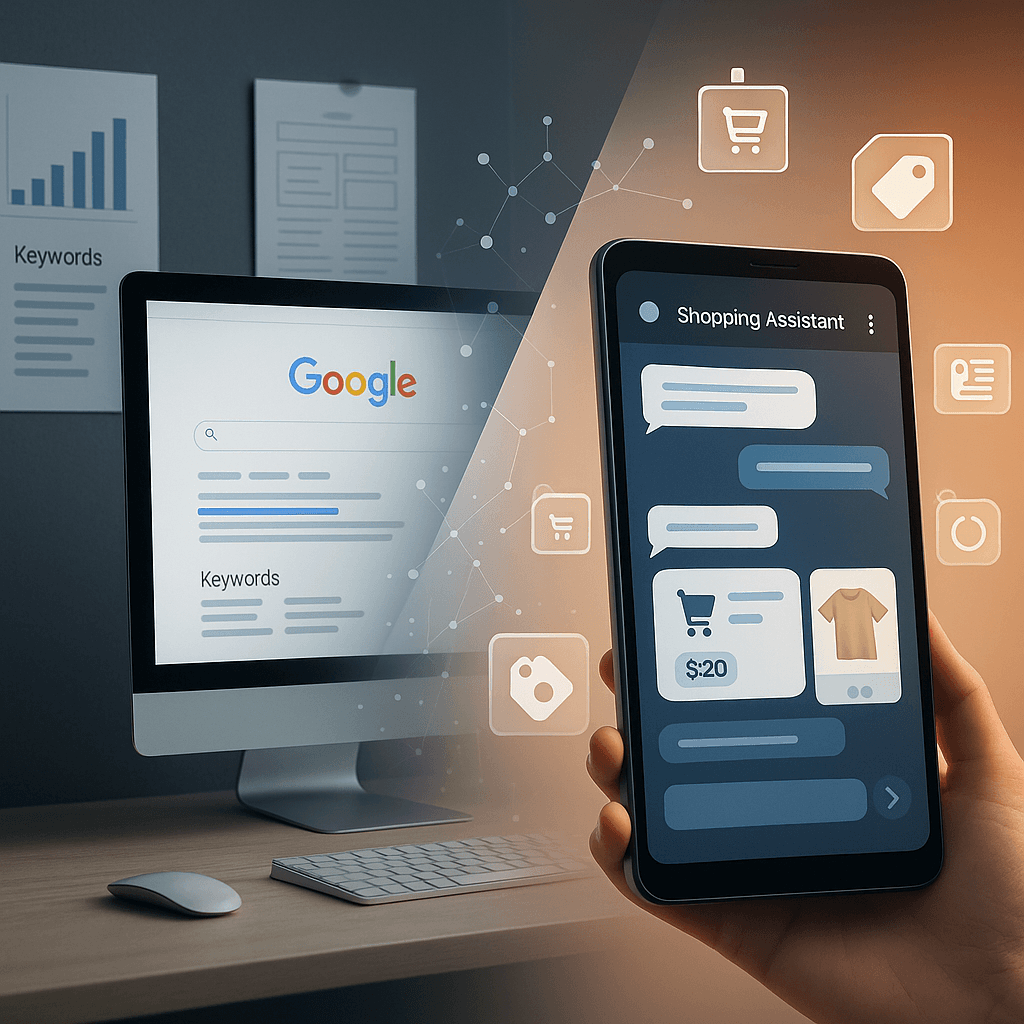The death of traditional search marketing is happening faster than anyone expected. As holiday shoppers ditch Google for AI chatbots, retailers are scrambling to master Generative Engine Optimization (GEO) - a completely different playbook for getting noticed by machines instead of humans. The shift isn't just coming, it's already here, and it's reshaping how brands reach customers.
The marketing world is witnessing its biggest disruption since the birth of Google. This holiday season, Adobe research reveals that retailers could see up to 520% more traffic from chatbots and AI search engines compared to 2024. The catalyst? OpenAI's announcement last week of a major partnership with Walmart that lets users buy products directly within ChatGPT's chat window.
For decades, companies poured billions into Search Engine Optimization, crafting content to game Google's algorithms. Now they're learning an entirely new language to speak with AI. Welcome to Generative Engine Optimization - GEO - a cottage industry that market researchers estimate will be worth nearly $850 million this year.
The numbers alone tell the story of this seismic shift. Imri Marcus, CEO of GEO consultancy Brandlight, has watched the correlation between Google's top results and AI-cited sources plummet from 70% to below 20%. "The overlap has essentially collapsed," Marcus tells clients who include LG, Estée Lauder, and Aetna.
Where Google rewarded long-form content - think those endless blog posts before recipe ingredients - AI chatbots prefer bite-sized, structured information. Marcus discovered that FAQ pages and bulleted lists perform dramatically better than traditional SEO content. "An FAQ can answer a hundred different questions instead of one article that just says how great your entire brand is," he explains. "You essentially give a hundred different options for the AI engines to choose."
The questions people ask chatbots are also fundamentally different from Google searches. "No one goes to ChatGPT and asks, 'Is General Motors a good company?'" Marcus notes. Instead, they ask hyper-specific questions like whether the Chevy Silverado has longer range than the Blazer. This granular approach is forcing brands to completely rethink their content strategy.
Estée Lauder is already adapting. "Models consume things differently," says Brian Franz, the company's chief technology, data and analytics officer. "We want to make sure the product information, the authoritative sources that we use, are all the things that are feeding the model." When asked about partnering with for direct shopping integration, Franz doesn't hesitate: "Absolutely."












